The Electronic Intifada 28 October 2004
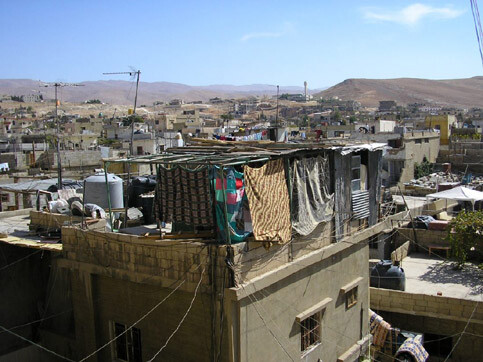
While Lebanese restrictions have left Palestinian refugees almost fully dependent on outside aid, the refugees also continued to feel the effects of cuts in international assistance. (Arjan El Fassed)
Wavel camp is located in the Beqaa Valley, near Baalbek. Originally a French army barracks, the camp hosts more than 8,000 refugees. French authorities provided shelter to the refugees in 1948 in the original twelve buildings. Although the camp has suffered less destruction than other camps during the war in Lebanon, living conditions are particularly severe.
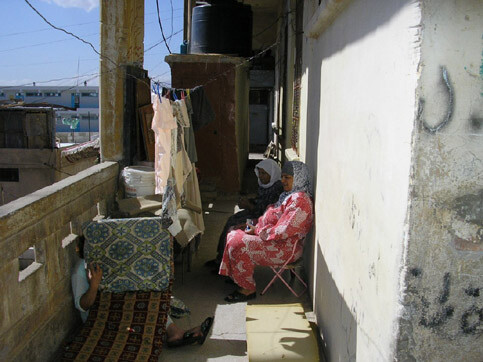
Currently estimated the most serious problem facing the refugees in Lebanon is insufficient access to hospitalization. Health levels are also affected by war-stress, environmental deprivation, and poverty. (Arjan El Fassed)
Housing conditions in the camp are unhealthy as most shelters, situated in the former army barracks lack daylight and ventilation. Poverty combined with difficult living conditions results in a number of social problems. Students often drop out of school in order to support their families.
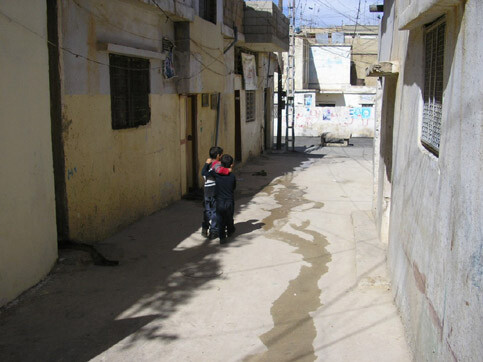
Camp space is insufficient, and environmental conditions - lack of public electricity, over-crowding, sewage-seepage, polluted drinking water - are hazardous to health, particularly of children. (Arjan El Fassed)
The Beqaa Valley is a remote rural area with severe winter weather conditions. Palestine refugees are only able to find seasonal work in agriculture and construction.
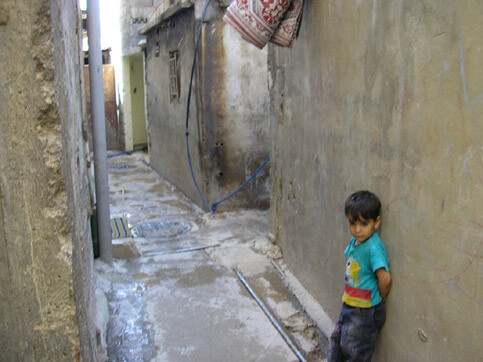
Lebanese authorities have vetoed the reconstruction of camp housing. UNRWA has largely frozen improvement of public facilities. (Arjan El Fassed)
Hundreds of thousands of Palestinian refugees in Lebanon live in overcrowded refugee camps, struggling to fulfil basic human needs. They do not have the right to work in dozens of professions or to receive social security. They do not have the right to own or inherit property.
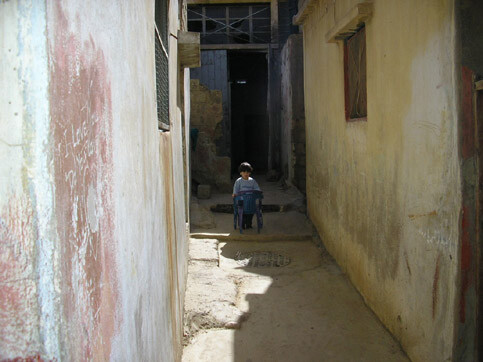
A decreasing percentage of children of school age in school, especially post-primary levels. (Arjan El Fassed)
Life inside the camps is harsh. Additional rooms have been added to existing buildings, often to the detriment of the narrow alleyways between them, often blocking the sun. The sight of sewage waters in the streets of the camp is commonplace.
Related Links